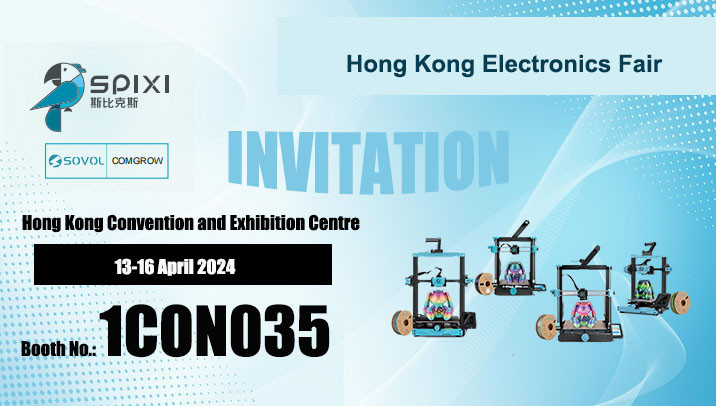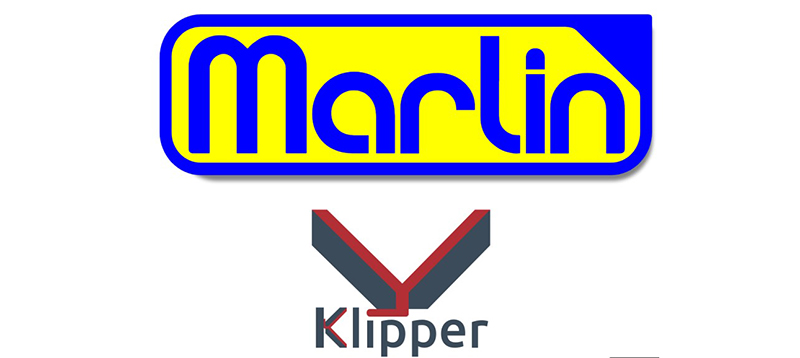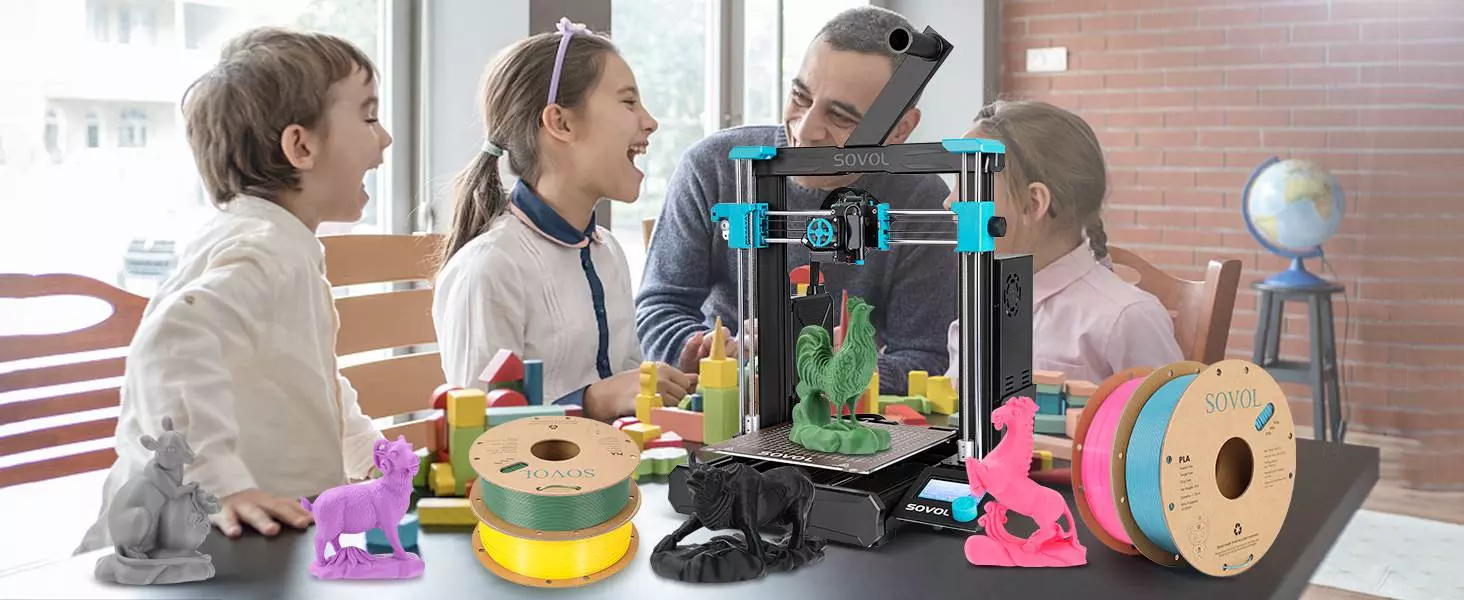What's the difference among 4 best selling filaments, PLA, ABS,PETG&TPU ?
Filament is the material we use for FDM 3D printing and it's an easy material to pick up. But, there are different types of filament, each better for certain projects but not great for others. You'll want to make sure you're using the best filament for the job at hand, or it may fail.
Here, I will show you the advantages and disadvantages of each material.
Polylactic acid
Polylactic acid, or PLA, is the most common 3D printing filament and the easiest to use. Unlike most plastics, it's made from corn starches so it is non-toxic and, in theory, compostable, though it takes an industrial composter to do it. PLA uses a fairly low heat -- between 190 and 215 degrees Celsius (or between 374 and 419 degrees Fahrenheit) -- to melt the plastic for extrusion so it is the safest of the filaments. Almost every FDM 3D printer in the world can print PLA.
PLA pros
l Nontoxic
l No awful smell
l Easy to use for a beginner
l Almost universally usable on any FDM printer
l Very cheap
PLA cons
l Can require a lot of sanding
l Can easily warp in the sun or high-temp environments
l Can be brittle
Acrylonitrile butadiene styrene
ABS was one of the more 3D printing filaments a few years back, and it still has some excellent uses. The biggest downside is the toxicity. You don't want to breathe in ABS as it melts, so you'll need a well-ventilated area. That aside, it's sturdier and more heat-resistant than PLA. Most printers can print ABS, but you'll need a heated bed that can reach 100 degrees Celsius for best results and protecting your printing job in an enclosed printer is a good idea.
ABS pros
l Can withstand a lot of heat
l Easy to sand
l Can be smoothed with acetone for a perfect shine
ABS cons
l Its fumes are toxic so it requires ventilation
l It needs far more heat to print than PLA
l You will need an enclosure to get good results
Polyethylene terephthalate glycol
PETG is chemically similar to the plastic that water and soft drink bottles are made of, and is a great alternative to ABS. It has the heat-resistant properties of ABS without the toxic fumes and can be sanded much like PLA. Most FDM printers that can print PLA can print PETG, though it takes a little more effort to get right.
PETG pros
l Easier to print than ABS
l Holds a finish well
l Easier to store than other filaments
PETG cons
l Requires high temps, which can damage printer parts over time.
Thermoplastic polyurethane
TPU is a flexible material that can make cool rubbery models. Most people use it to 3D print phone cases, but more serious modelers often use it to create connectors or flexible hinges to other materials. It can be a difficult material to work with and is best used on a direct-drive 3D printer such as the Sovol SV06, rather than a Bowden printer. A direct drive printer places the gears to move the filament directly on the print head, while a Bowden setup has them on the frame of the printer.
TPU pros
l Flexible
l Won't warp in the heat
l Available in fun colors
TPU cons
l Terrible for making solid prints
l Hard to work with on budget printers
Now you know which filament is the best suitable for your printers?
Sovol silk serial PLA filament highly recommended to you!!



(1)-ZI1.webp)







